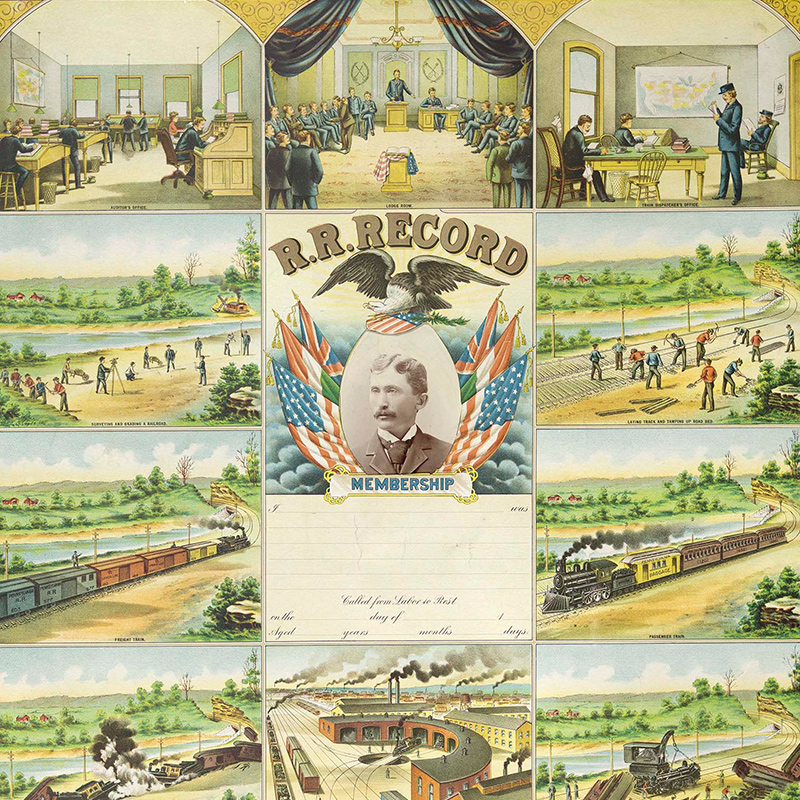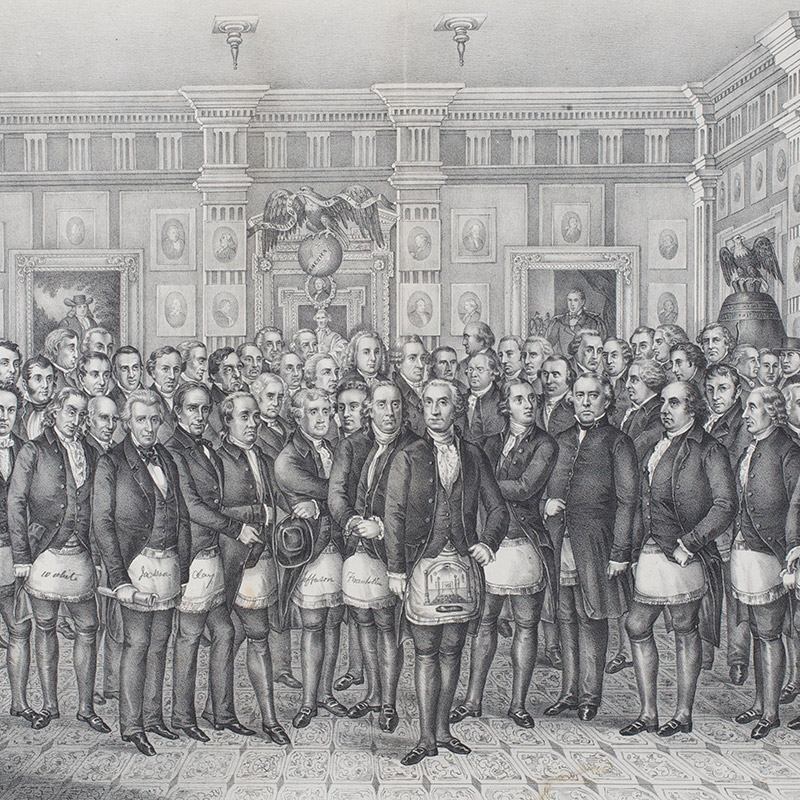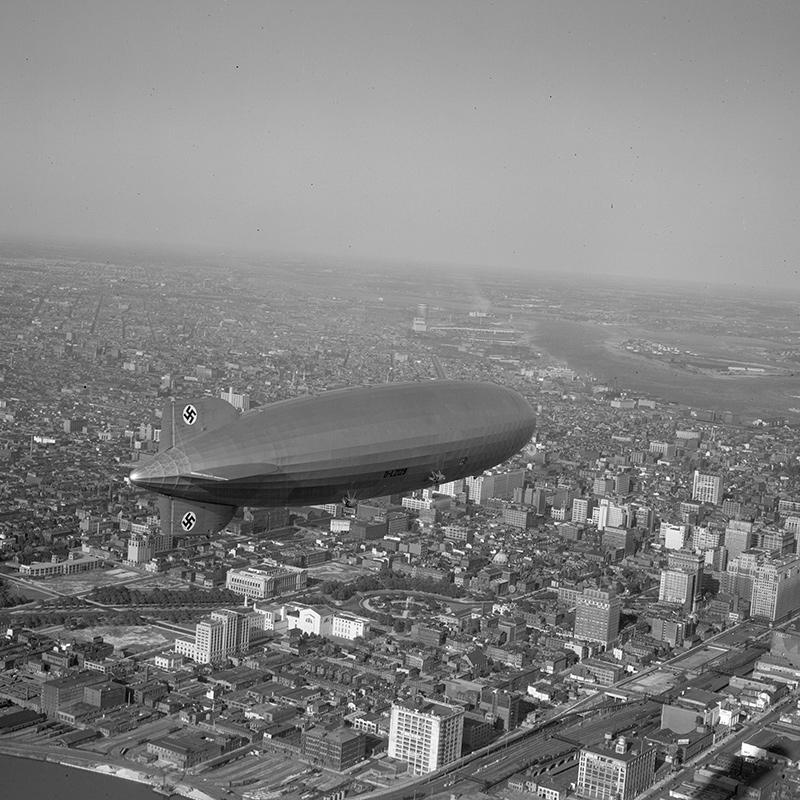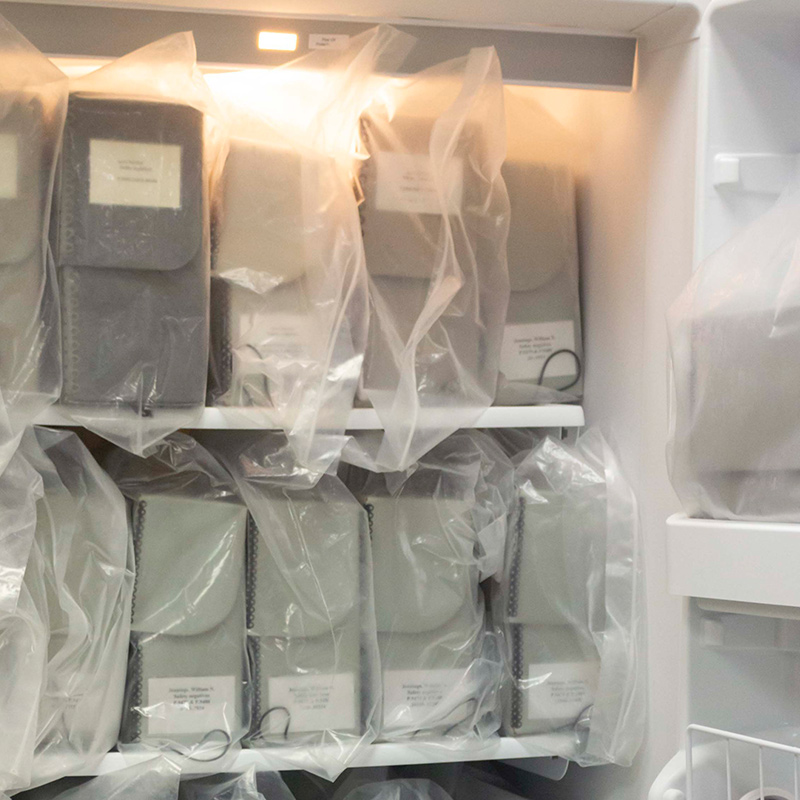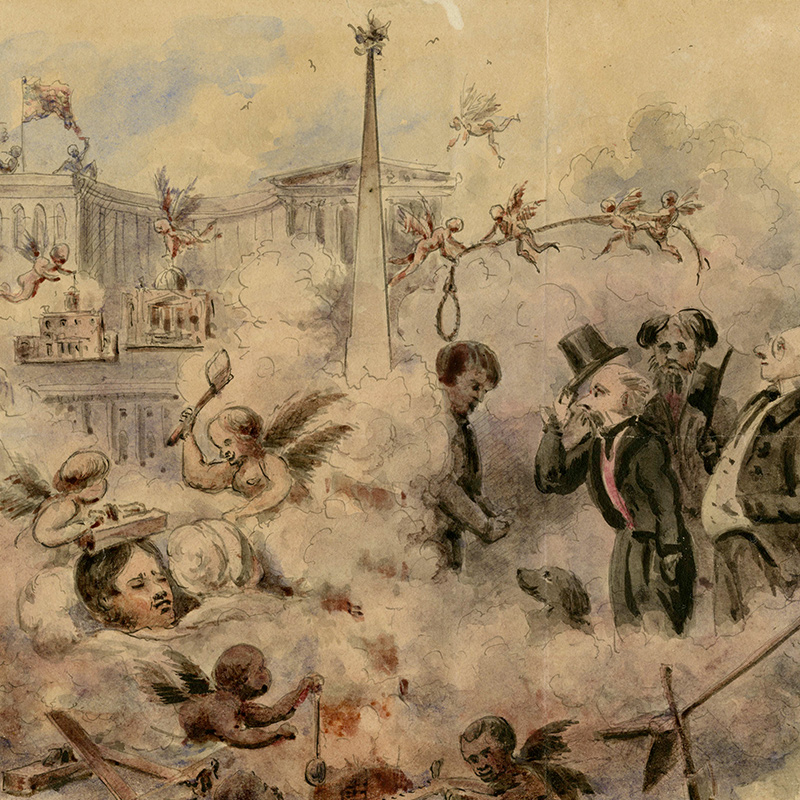What Curators Love to Hate and Hate to Love
One of the duties of a curator is to make decisions about what material should become part of their collection. A curator shapes the future contents of the collection they steward by creating documents that outline a cohesive focus for acquisitions, but a curator is also responsible for all of the items acquired by their predecessors through gifts, bequests, and purchases, regardless of whether they fit into the current collecting scope. To maintain their collection’s relevance, a curator’s decisions about what to acquire changes over time and reflects, as well as anticipates new scholarship trends. Personal interests of the curator, institutional priorities, and financial considerations also all play a role in these decisions. Curators do have favorite items and those that they have learned to merely tolerate. Art and beauty are truly in the eye of the beholder, including those who serve as the stewards of a collection, as this section will show.
Items marked with an asterisk (*) appear only in the online exhibition.
Imperfect History is supported by the Henry Luce Foundation, Walter J. Miller Trust, Center for American Art, Philadelphia Museum of Art, Jay Robert Stiefel and Terra Foundation for American Art.

